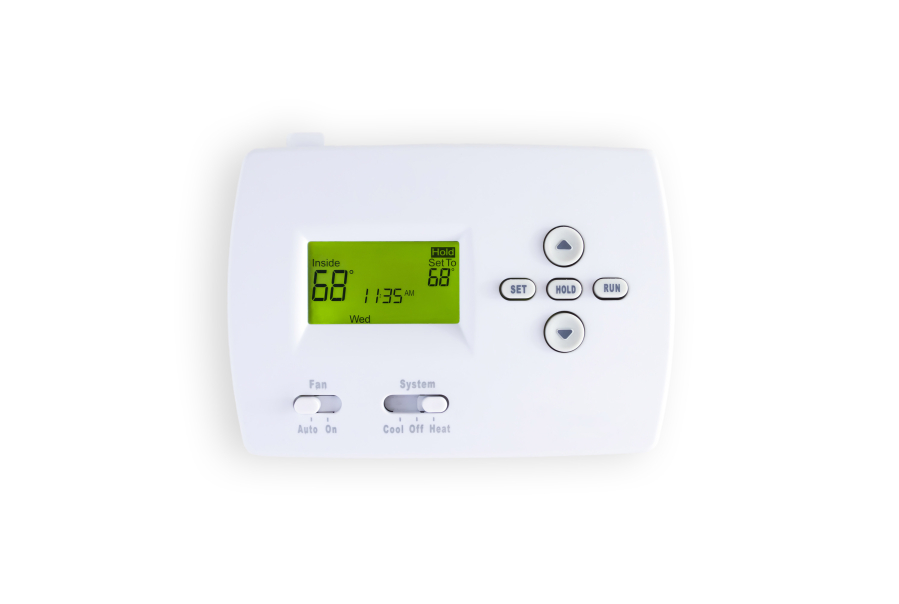As temperatures continue to dip in the weeks ahead, heating bills are predicted to be at their highest in more than a decade.
According to a U.S. Energy Information Association (EIA) report, households using natural gas as the primary heating source are estimated to spend 28 percent more overall — an average of $930 — this 2022-2023 winter season. Households using electricity are likely to see a 10 percent increase, or $1,360 total average. Meanwhile, households using heating oil are expected to experience a 27 percent rise, while propane users could see a 5 percent climb.
High demand for fossil fuels during hotter-than-normal summers and chillier winters has played a role in the price hikes. So have supply chain issues, inflation, natural disasters and the war in Ukraine.
You might be tempted to add space heaters or light a fire in the fireplace to offset the increases. But Pat Huelman, Cold Climate Housing coordinator with the University of Minnesota Extension, said that can backfire.
“The higher people’s gas bills go up, people ask, ‘What can I do?’ Some people will jump on an electric space heater and think they’re going to save on their gas bill. But if you’re using three times the amount of energy, you will spend more on your electric bill,” he said.
And while a wood-burning fire may make you feel more cozy, “fireplaces aren’t going to be a money-saving strategy in the end — unless it’s high energy-efficient, in which you might get a little benefit out of it,” Huelman said.
Try one of these sure-fire, heating-saving tips:
Turn down thermostat
The rule of thumb is over an eight-hour period, you’ll save 1 percent for every 1 degree you set the dial back. “Say if you usually have the thermostat at 72 and change it to 68 degrees, that can be a 10 to 12 percent energy savings. Setting it back in general and certainly at nighttime has the potential to save,” Huelman said.
However, “be cautious because you don’t want to get too carried away. You can’t save enough money to deal with a frozen pipe.”
Use window kits
Putting shrink film on windows to lock in heat and reduce drafts is an oldie, but a goodie. Plus, window kits are fairly affordable, making them an accessible option. But “make sure your furnace is working properly before sealing windows and make sure to have a carbon monoxide detector,” Huelman added.
Optimize blinds, curtains
Paying attention to the time of the day when drawing or shutting blinds and curtains is also key. “Let the sun come in in the daytime; that radiant heat will warm up the inside of your house,” said Jon Ryan, CEO of Burnsville, Minn.-based Genz-Ryan heating and cooling. “Conversely, at night, close the curtains and put the blinds down. It will provide an extra level of insulation.”
Perform maintenance
Ryan said home air filters should be changed on a regular basis year-round — once a month or every two months — even if the product label states you can wait longer to swap it out. “When that air filter gets dirty, it restricts the airflow in the system and makes it work harder,” Ryan said. “When it works harder it’s not very efficient.”
Long-term maintenance
Keeping your furnace well-maintained can help it run efficiently. “If you haven’t had your furnace tuned up, you should do that to make sure it’s operating efficiently,” Ryan said. You don’t want to be wasteful with that expensive gas you’re buying.”
Also, look at what you can do to prevent drafts.
“The area people seal most is insulation in the attic to reduce heat loss to the outdoors, improve comfort and reduce energy use,” said Huelman. If it’s done well by whoever is doing it, they will seal up the air leaks before installing insulation, he said, adding that “it can also be a good defense mechanism against ice dams.”




